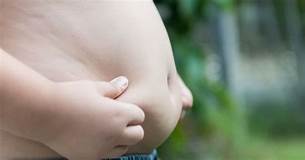
Addressing Childhood Obesity: A Call to Collaboration
Understanding the Scope of the Issue
Childhood obesity is a pressing concern that impacts not only individual children but also society as a whole. With rates of childhood obesity on the rise globally, it has become imperative for caregivers, educators, and policymakers to address this issue proactively.
The Role of Schools in Dietary Choices
Schools play a crucial role in shaping children's dietary habits. However, well-intentioned efforts by schools to address childhood obesity through nutrition programs have sometimes had unintended consequences. Despite their initiatives, the problem persists and even worsens in some cases.
Family Concerns and Challenges
Families are deeply invested in the health and well-being of their children. Many parents are concerned about the nutritional quality of the foods their children consume, both at home and at school. Despite their efforts, the challenge of combating childhood obesity remains daunting.
The Power of Collaboration
A collaborative approach between schools and families holds promise in addressing childhood obesity effectively. By working together, schools and families can create environments that support healthy eating habits for children. This collaboration can help ensure that children have access to nutritious food choices both at home and at school.
Providing Consistent Healthy Choices
Consistency is key in promoting healthy eating habits among children. When schools and families align their efforts and consistently provide healthy food choices, children are more likely to make wise dietary decisions. This collaboration eliminates conflicting messages and creates a supportive environment for children to develop healthy eating habits.
In conclusion, addressing childhood obesity requires a multifaceted approach that involves collaboration between schools and families. By working together and providing consistent healthy choices, we can empower children to make positive dietary decisions and reduce the prevalence of childhood obesity. It's time for all stakeholders to come together and prioritize the health and well-being of our children.
SLIDE SHOW
Question: What types of weight issues have you or your loved ones faced? Share your comment below.